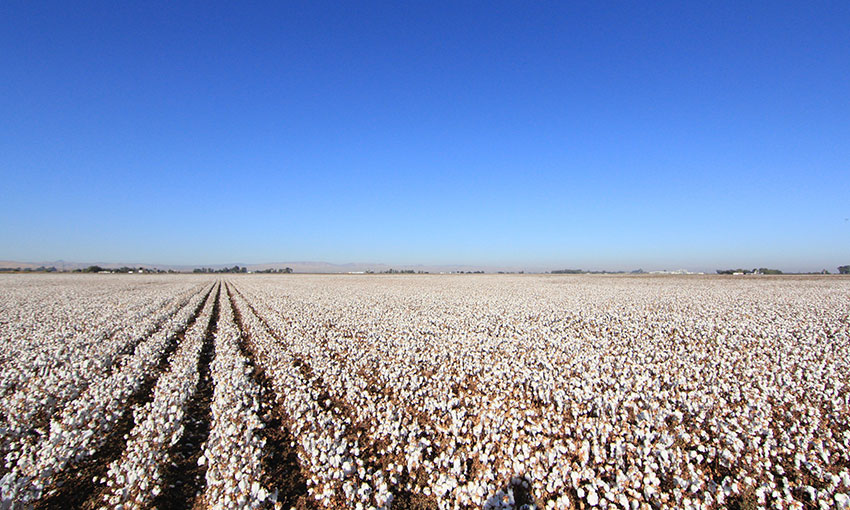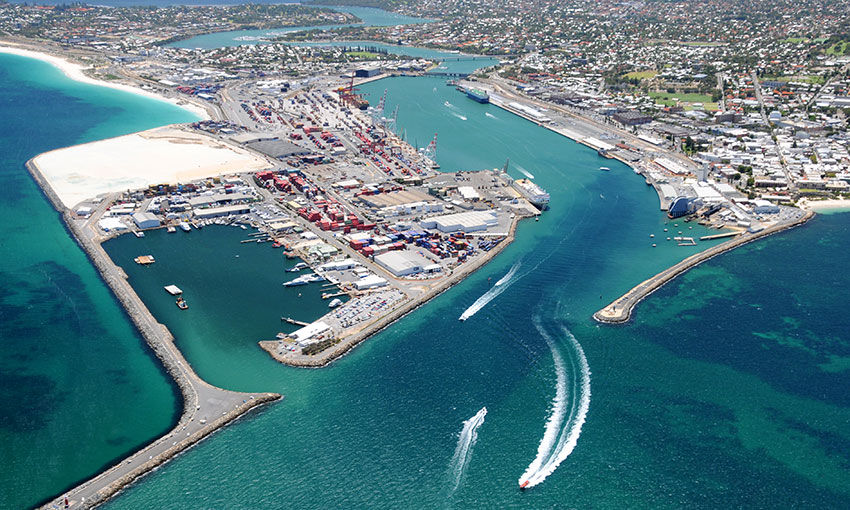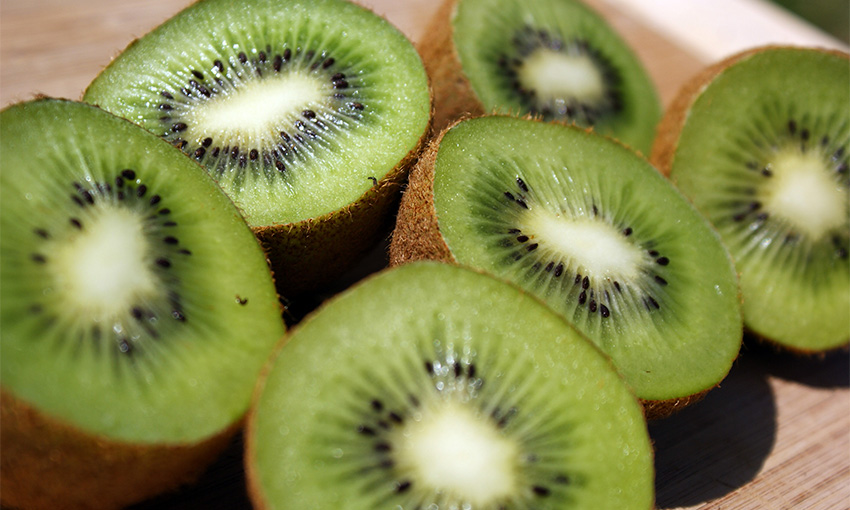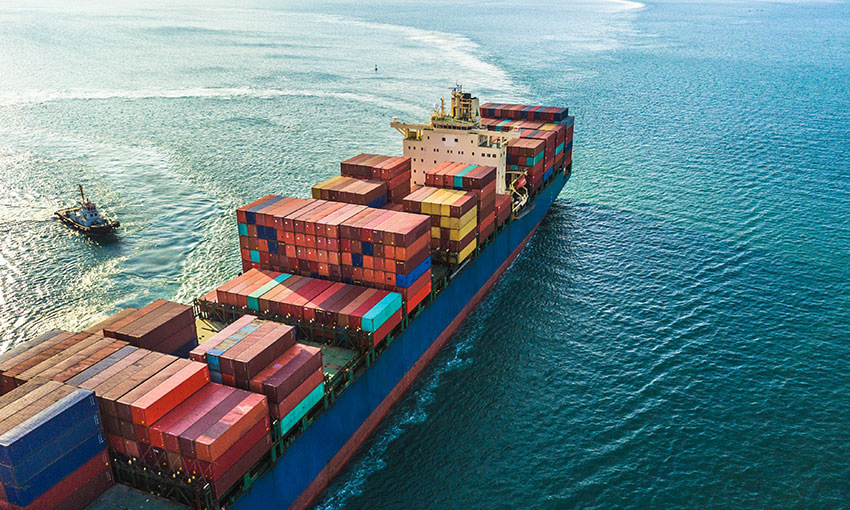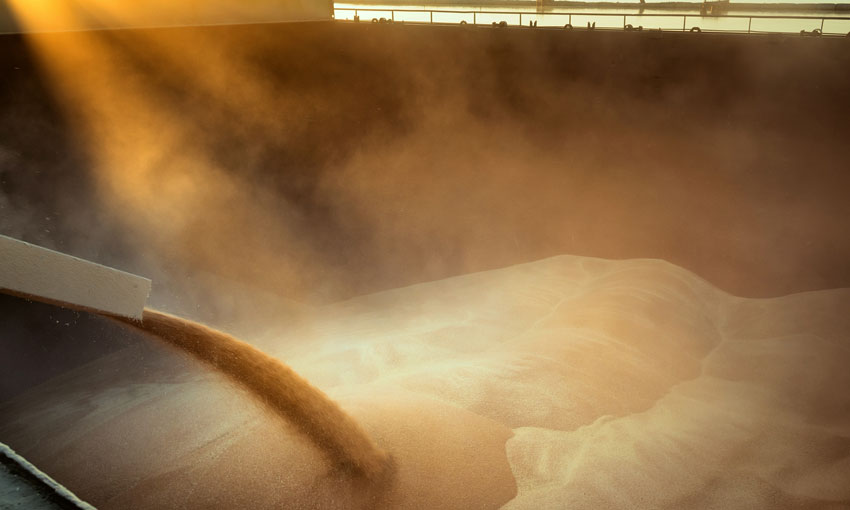THE AUSTRALIAN government has given a grant of $890,000 to the Australian Cotton Shippers Association and Cotton Australia.
The funds are to go to an engagement, education and communication project called Taking Australian Cotton to the World – Realising the Opportunity. It aims to enable cotton growers to broaden the network of supply chain partners and customers.
Minister for agriculture, fisheries and forestry Murray Watt said the government was helping to protect and grow the cotton industry by investing in both biosecurity and improving market access.
“Australia’s cotton trade needs to be more diversified and resilient to trade disruptions caused by Covid-19 and global logistics issues,” Mr Watt said.
“Through this new grant, we’re backing Australian cotton producers and exporters to be even more competitive, resilient, and to explore and realise opportunities in new markets.
“ATMAC funding has already helped industry generate significant demand for Australian cotton and to export a record crop of 5.6 million bales.
ACSA Chairman Matthew Bradd said there are around 1500 cotton farms in Australia and the industry supports thousands of Australian jobs.
“Building on ATMAC and industry success to date the latest grant will enable ACSA to fully realise the opportunities created and drive further demand for Australian cotton in new and emerging markets, through targeted engagement, education and communication with supply chain partners and customers,” Mr Bradd said.
“This will ensure Australian cotton remains not only competitive on the world market but seen as the fibre-of-choice for an increasing number of supply chain partners.”
In 2022, Australia exported US$3.03 billion, according to the UN Comtrade database.
Significant buyers of Australian cotton include Vietnam (US$1.17 billion in 2022, according to the database), Indonesia (US$360.2 billion), Thailand (US$228 billion) and Pakistan (US$212 billion)
And according to DAFF, Australia is one of the world’s largest exporters of raw cotton. More than 90% of production is exported.

